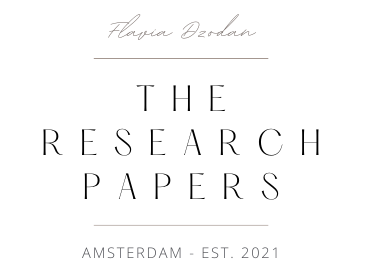Sarah Palin, “Mama Grizzlies,” Carl Jung, and the Power of Archetypes
Sarah Palin, “Mama Grizzlies,” Carl Jung, and the Power of Archetypes
We are awash in crises right now – crises that require smart and creative policy fixes. So why is somebody who so rarely deals in policy fixes so popular? It’s because Palin’s message operates on a level deeper than policy statements about the economy or financial reform or health care or the war in Afghanistan.
To really understand her appeal, we need less policy analysis and more psychology. Specifically, we need to hear from that under-appreciated political pundit Carl Jung.
It’s not Palin’s positions people respond to – it’s her use of symbols. Mama grizzlies rearing up to protect their young? That’s straight out of Jung’s “collective unconscious” – the term Jung used to describe the part of the unconscious mind that, unlike the personal unconscious, is shared by all human beings, made up of archetypes, or, in Jung’s words, “universal images that have existed since the remotest times.” Unlike personal experiences, these archetypes are inherited, not acquired. They are “inborn forms … of perception and apprehension,” the “deposits of the constantly repeated experiences of humanity.”
This is the realm Palin is working in – I’m sure unintentionally – and it’s why she has connected so deeply with a large segment of the public. In fact, her evocation of mama grizzlies has a particularly resonant history in the collective unconscious. According to the Jungian Archive for Research in Archetypal Symbolism, “The bear has long fascinated mankind, partly because of its habit of hibernation, which may have served as a model of death and rebirth in human societies.”
As a matter of fact, another very popular Republican politician once used the image of a bear in an ad. The bear was used differently, but to powerful effect.
“There’s a bear in the woods. For some people, the bear is easy to see. Others don’t see it at all. Some people say the bear is tame. Others say it’s vicious and dangerous. Since no one can really be sure who’s right, isn’t it smart to be as strong as the bear? If there is a bear…”
Simple. Forceful. Policy-free. And a very successful ad for Ronald Reagan’s re-election campaign in 1984. It raised the question of whether Walter Mondale would be strong enough to stand up to the lurking bear – in this case, the Soviet Union. Reagan won 525 electoral votes to Mondale’s 13.
Like Palin, Reagan was not thought to be a policy heavyweight, and, like her, he was often ridiculed by the punditocracy. And, like Reagan, Palin has come to prominence in a time of national crisis, a state of affairs in which appeals to the collective unconscious are much more powerful – and dangerous – than in normal times.
Jung himself was exquisitely aware of such a possibility, saying that during troubled conditions experienced by large numbers of people “explosive and dangerous forces hidden in the archetype come into action, frequently with unpredictable consequences. There is no lunacy people under the domination of an archetype will not fall prey to.”
For the past decade and a half I have been making all my content available for free (and never behind a paywall) as an ongoing practice of ephemeral publishing. This site is no exception. If you wish to help offset my labor costs, you can donate on Paypal or you can subscribe to Patreon where I will not be putting my posts behind a lock but you'd be helping me continue making this work available for everyone. Thank you. Follow me on Twitter for new post updates.

